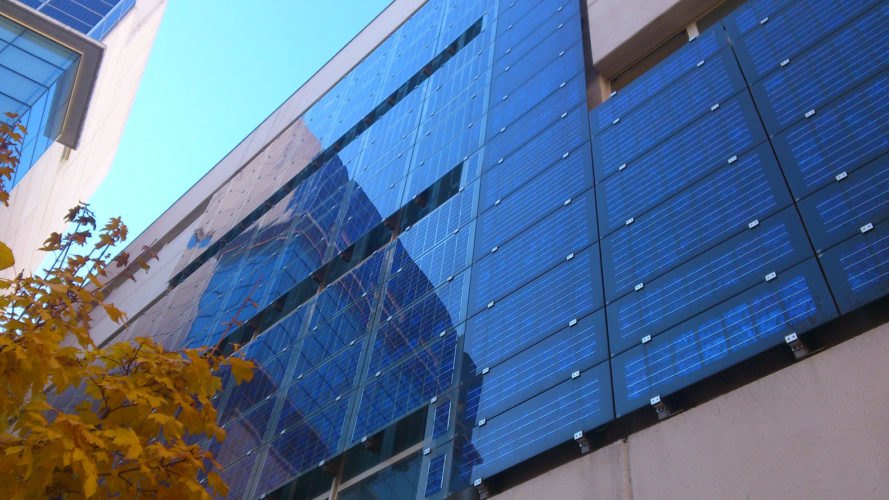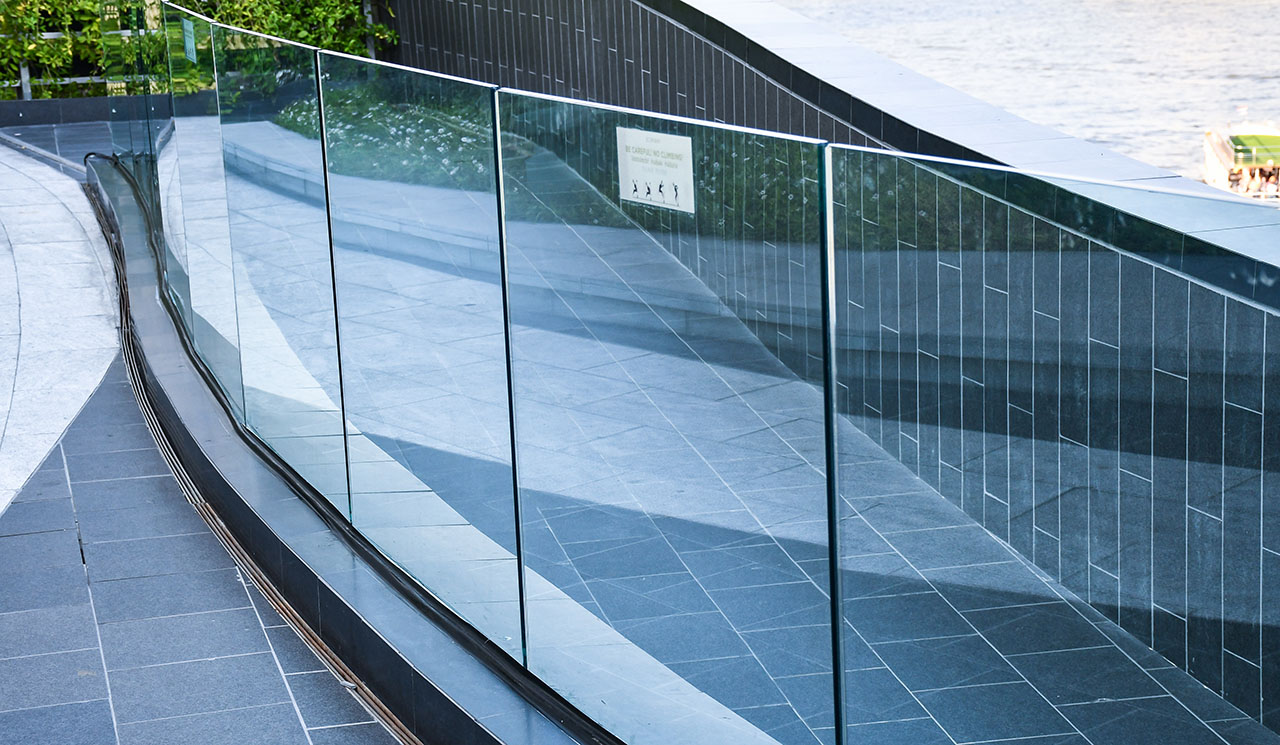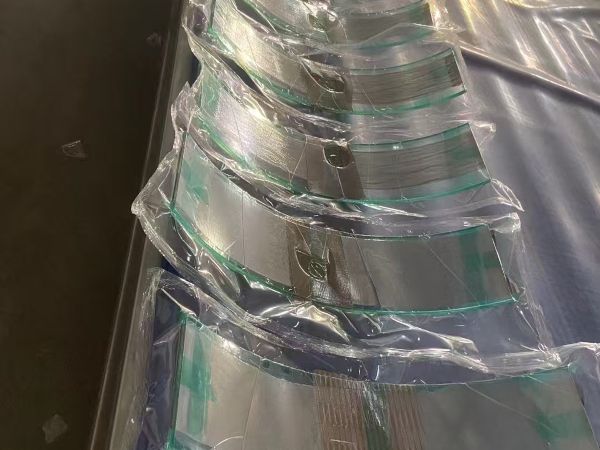Quantum dot (QD) glass integrates nanoscale semiconductor particles within a glass matrix to improve solar control and light management, offering enhanced energy efficiency and optical performance. The production of QD-enhanced glass involves several established and emerging methods.
One primary technique is melt-quenching, where precursors such as lead sulfide or cadmium sulfide are incorporated into a molten glass batch composed of materials like silica, alumina, and borates. After melting, the mixture is rapidly cooled, forming a glass matrix. Subsequent controlled heat treatment induces nucleation and growth of quantum dots within the glass. The size and optical properties of the QDs are adjusted by varying the heat treatment parameters, allowing precise tuning of the glass’s light absorption and emission characteristics.

Another approach employs perovskite quantum dots (e.g., CsPbBr₃) formed inside specialized tellurite glass matrices through carefully regulated heat treatments. This process produces highly transparent glass with uniform quantum dot distribution, suitable for applications requiring consistent optical performance.
The sol–gel process provides an alternative route, wherein quantum dots are dispersed in a glass-forming solution that undergoes gelation and densification to embed the QDs within the solidified glass, maintaining transparency and stability.

Photo: Los Alamos National Laboratory
In addition, the adhesive film method applies a quantum dot-loaded layer onto existing glass surfaces. This layer is cured and protected with coatings designed to enhance durability and optical function. Micro-textured surface patterns may be added to reduce reflection and improve light conversion efficiency.
These fabrication methods enable the integration of quantum dots into glass for use in architecture, photovoltaics, and display technologies. The resulting materials combine durability, optical precision, and energy-saving capabilities, making quantum dot glass a notable advancement in glazing technology.
Source: Glass Balkan







